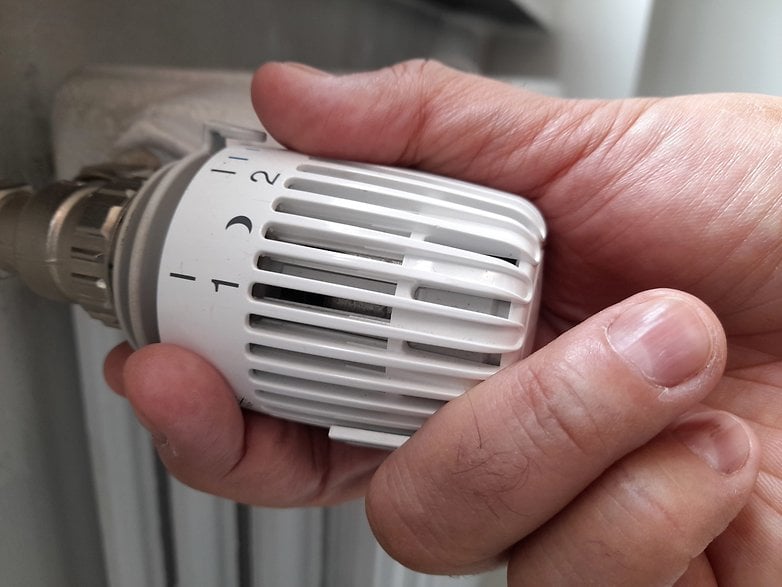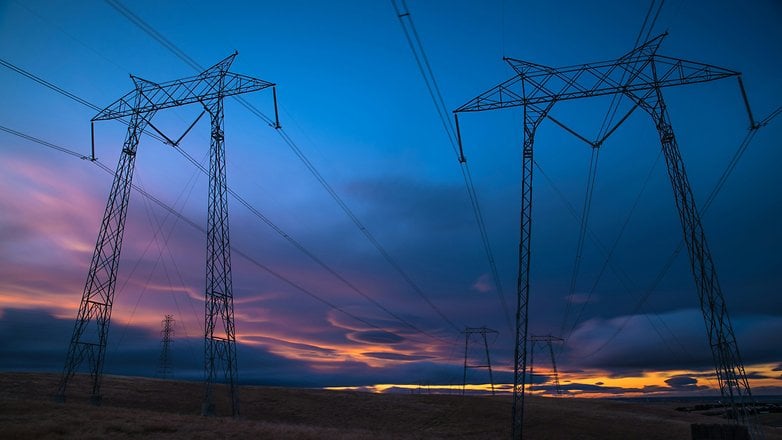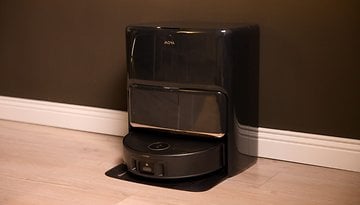Heating Without Gas or Oil? One Country Proves That it Works


Read in other languages:
When discussing sustainable energy, the issue of implementing heating systems that don't rely on fossil fuels often raises more questions than it has answers for. Is it even possible to solely operate heating systems that function without gas or oil, and what does this look like in practice? Sweden has made remarkable progress in this respect, which could serve as an example for other countries across the world. It is, however, important to keep in mind that Sweden's blueprint can't be applied to every country across the board.
A look at the Swedish Energy Transition
Sweden has been on an exciting journey that shows us that phasing out fossil fuels is not only possible but also practical. Back in the 1970s, during the first oil crisis, the country recognized the dangers of a high dependence on oil. With an energy supply that today relies almost 70 percent on renewable energies and a comprehensive decarbonization plan, Sweden has taken a unique stance in the EU. However, it should not be overlooked that Sweden still relies on nuclear power to supplement its large share of renewable energy.
Heat Pumps are one of the most popular Types of Heating in Sweden
A common myth about heat pumps is that they cannot provide enough heat in regions with harsh winters. Sweden, where winter temperatures often drop to -40 °F, is living proof that this technology works effectively even in extreme conditions. In fact, most single-family homes are now heated with electricity, mainly via heat pumps.
The country realized just how problematic a dependence on oil can be during the first oil crisis in 1973. The Swedish government accelerated the transition to renewable energies by introducing a CO₂ tax in 1991 and furthering corresponding subsidies. The CO₂ tax started at 22 euros per tonne and is expected to reach 134 euros in 2025. This revenue will flow back into the national energy transition program and help households to replace old heating systems. The expected effects are not only economic but also ecological: Sweden has been able to reduce its emissions by 38 percent since 2000.

The Challenges of Energy Transition in other Countries
But what about elsewhere? Many European countries, including France, Germany, Italy, and the Netherlands, are in a different starting position. Electricity prices are significantly higher here, making the installation of heat pumps less attractive. The Netherlands is the country most dependent on gas for heating, with a share of 84.7 percent. In Italy (60.6 percent), Hungary (60.4 percent), Luxembourg (54.4 percent), and Germany (50.8 percent), gas also accounts for more than half of the heating supply. Belgium, Slovakia, Romania, and France also provide more than a third of heating.
In the US, natural gas remains the most common fuel used for heating homes across the country. This equates to over 48 percent of all households with 61 percent relying on natural gas for at least one energy end use. Electricity comes in second place and is responsible for heating around 38 percent of homes in the US. This electricity, however, only includes around 20 percent that are generated through renewable sources.
Higher electricity prices and the installation costs of heat pumps could slow down the transformation across all countries. This is because switching to a more efficient and newer heating system is only worthwhile if the acquisition costs are offset at the same time. However, the installation costs for heat pumps, in particular, vary greatly depending on the country.

Outlook for the Rest of the World
The Swedish development could serve as a blueprint for a successful energy transition in other countries. Nowadays, it is important for all of us to understand that switching to more sustainable heating systems is not only necessary but also feasible. The example of Sweden shows that with the right incentives and technological advances, phasing out fossil fuels is no longer a distant dream.
Nevertheless, the hurdles in each country should be considered realistically. Those who have built a large part of their current energy supply on fossil fuels will have more problems and will take longer to move away from them. Annoyances such as high electricity prices are also a major obstacle to transformation in other countries. It is to be hoped that other countries will follow Sweden along its path in order to effectively meet the challenges of climate change.
Source: Merkur, Handelsblatt, Wirtschaftswoche














Sweden by land area, is SMALLER than the state of Texas. What works in some countries, won't work in the USA, due to how spread out we are. We also have such difference in climates, between the norther/southern and eastern/western areas.